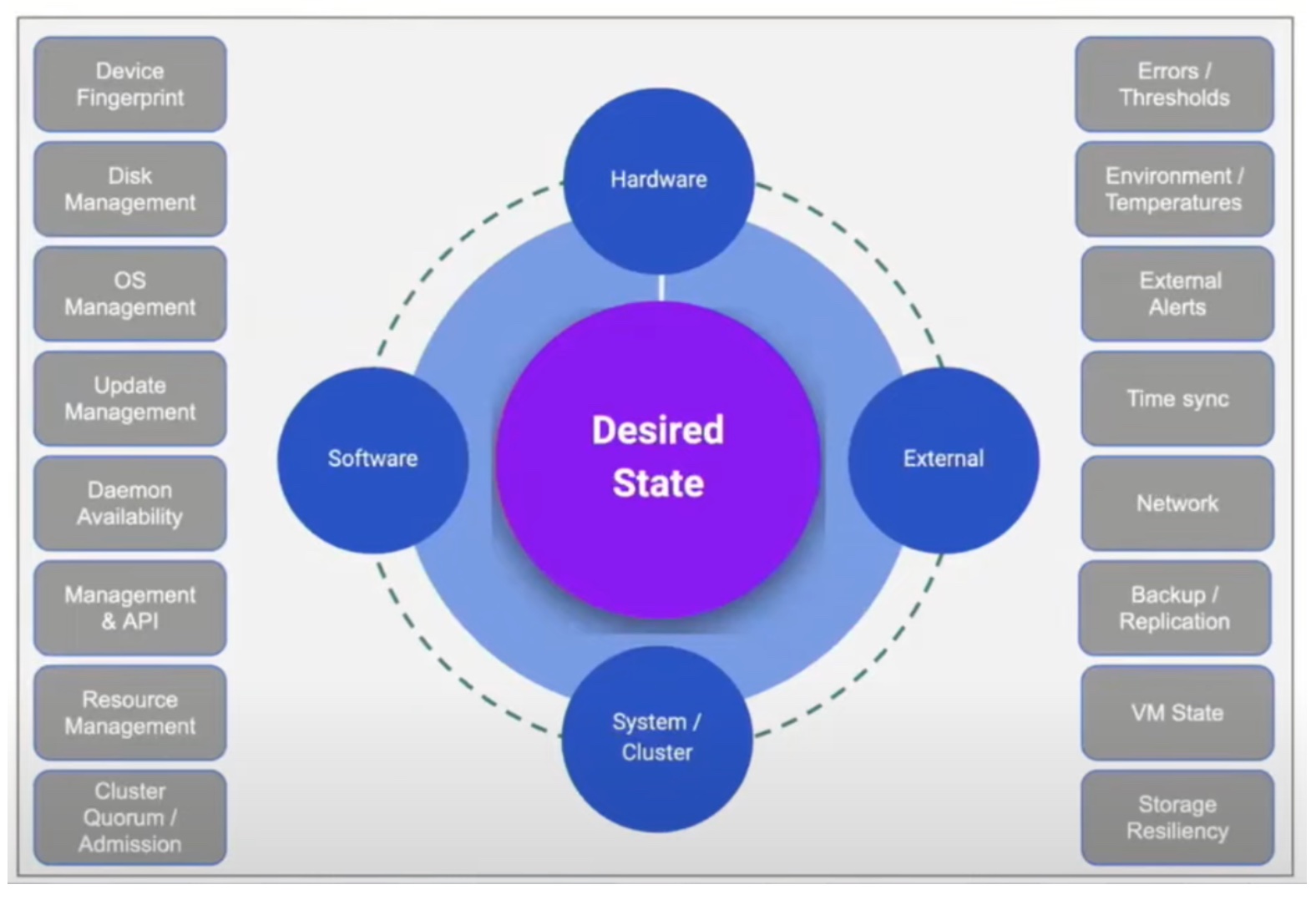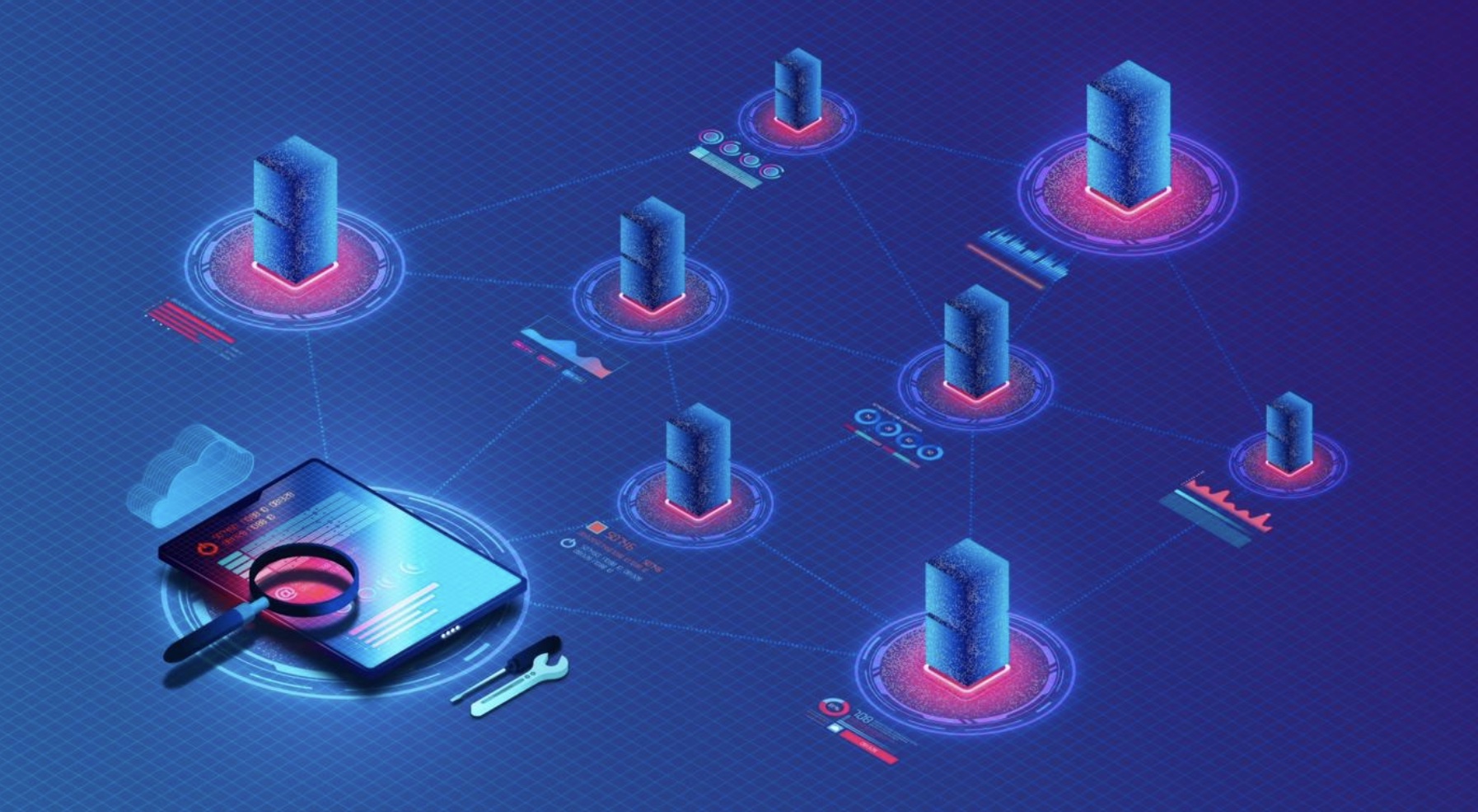Infrastructure modernization has caused the biggest changes for small and mid-level organizations. They are faced with a prolific amount of data, and a tremendous load of administrative chores that their in-house teams are ill-equipped to handle.
At the recent Edge Field Day event in California, Scale Computing presented SC//HyperCore, a self-healing platform that provides IT teams a break from tedious, time-consuming processes. The HyperCore identifies and troubleshoots errors in real-time, reducing long manual processes down to minutes. Its goal is to optimize the workforce without overburdening them.
Scott Loughmiller, Chief Product Office and Co-Founder at Scale Computing gave a sneak-peek of the Autonomous Infrastructure Management Engine (AIME), the technology that is the brain and brawn of the SC//HyperCore platform.
AIME has been a part of Scale Computing’s portfolio a long time, powering its technologies from behind the scene.
A company that prides itself on delivering simplified solutions to customers, Scale Computing has remained number one on the CRN scoreboard for 34 years in a row. The company boasts a rating of 102.4 in the Product Quality and Reliability category which is the highest ever. Scale Computing credits their Autonomous Infrastructure Management Engine for this.
AIME
What is it? Mr. Loughmiller provides a plain-speak gist of AIME: “A sort of hand-built model of the environment the cluster is running in.”
The AIME is to the environment what a digital twin is to a network. It models the realities of the environment, and extrapolating from the data provides automatic monitoring and maintenance of the hardware and the software.
Mr. Loughmiller informed that AIME deeply integrates with the hardware no matter the configuration, pulling information such as hardware error, CPU temperature, and software glitches that tell the state of the cluster, and using them to build a model of the same.
Mr. Loughmiller highlighted the AIOps functionality built into AIME. “It incorporates all this cross-domain information – networking, hardware, environmental stuff. We’re pulling all of this information in, and building a model of the state of the system that allows us to predict and prevent issues, identify root cause and then automate remediation.”
Unlike most hardware-agnostic vendors, Scale Computing manages all the hardware, from upgrading to maintenance. The company owes its award-winning support service to AIME that provides the support teams all the information they need to offer swift resolutions.
Inside the Workings of an Autonomous Engine
Here’s how it works. AIME relies on great-quality data only to produce intelligence. Mr. Loughmiller described the functions in three steps. It starts with collectors, or small packets of code that go out into the environment and collate information from various components in the system. This includes the temperature of the CPU, state of hard drives, disk space, system load, VM status and such metrics.

The data is then double-checked with something called Checked Values. The function of Checked Values is to check the data for validity, freshness, scope and such parameters. Based on the readings, it decides if the data is valid and reliable.
Mr. Loughmiller likened it to an instrument panel on an aircraft that besides pitching information, also provides warning flags indicating failures, when there is an error in the data. In this case, Checked Values tells users when the data is expired, unreliable or erroneous.
At the third stage – Conditions – real intelligence is delivered about undesirable conditions detected in the system. The data here is represented in Boolean value- Set for a problem, and Clear for no problem.
“The great thing about that is, now with the SC//Fleet Manager, that’ll bubble all the way up to the top. You see those conditions, and correct them,” said Mr. Loughmiller.
It also shows historic data, query-able via simple command lines. Checked Values are available cluster-wide and shared across multiple subsystems.
An Expert System
With these inputs, AIME builds a virtual model in the state machine. Data here is refreshed at near-real-time for high accuracy.
“Data is constantly coming in from the collectors, and anytime new data comes in, that bubbles up, and the state machine will make adjustments based on that,” said Mr. Loughmiller.
And that is how teams can go from the current state to the desired state. “The result is an expert system,” he says.
Scale Computing trusts only high-quality data to build the model, as it enhances the reliability of the intelligence.
Mr. Loughmiller informed, “What we’ve been able to do over the last decade is build a structure that actually models reality, and accurately chooses the right path to fix whatever problem is available. We’ve been tweaking and tuning and adding to the state machine for a decade.”
If you are interested to know more about the solutions Scale Computing introduced at the Edge Field Day event, check out the demo presentations at the Tech Field Day website.




